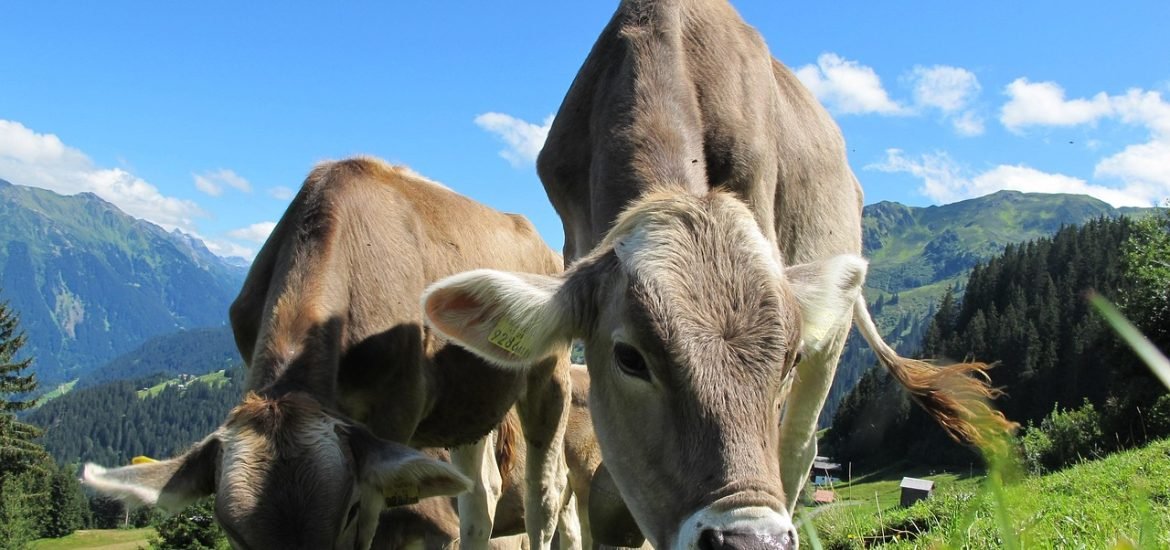
Extensive grazing practices can help diversify or ground arthropods, even in intensely cultivated grasslands, according to a study published in Agriculture, Ecosystems and Environment. With these results, researchers at the University of Helsinki emphasise the importance of low-intensity cattle grazing in maintaining biodiversity on modern farms.
Researchers know that grazing promotes farm biodiversity, especially if practiced on natural pastures and using traditional methods. This is particularly important given the population declines of several insects on farmland and the vital ecosystem services they provide, such as nutrient cycling or pollination.
To understand how much grazing can help, a team from the University of Helsinki surveyed over 40 dairy and beef cattle farms across southern Finland. The results showed that farms with low-intensity grazing have the highest levels of arthropod diversity, particularly with ground-dwelling species, even if the pastures are part of rotational grazing. In contrast, mown grasslands and cereal crops had the lowest levels of biodiversity. In addition, organic farms had higher arthropod diversity than conventional farms, but again, this benefit was only seen if the farms followed low-intensity grazing.
According to the authors, maintaining soil biodiversity with modern cattle grazing practices and intense agricultural settings can be difficult. Farmers must consider this trade-off when developing solutions to balance food production and conservation. While extensive grazing benefits biodiversity, it can also lower production levels.
“Our study makes a unique contribution to the limited evidence regarding the ecological state of rotational grasslands and the biodiversity benefits of cattle grazing on modern dairy and beef farms. While indoor housing of milking cows and intensive grassland use for silage may boost production, they can significantly reduce biodiversity on cattle farms, potentially to levels comparable to farms without cattle,” said Dr. Iryna Herzon, senior lecturer in agroecology at the University of Helsinki and lead researcher of the study.
Based on the results from this study, the authors suggest several strategies:
- Farms should favour outdoor grazing instead of indoor housing. Putting cattle on pastures, even if they are rotational grasslands, is crucial to maintaining arthropod populations.
- Farms should be encouraged to develop extensive grazing areas where possible. Farms with low-intensity grazing areas provide essential habitats for arthropods and other wildlife.
- Develop ways to provide economic and policy support for the farms: To offset reductions in production, products from low-intensity grazing cows could be priced higher.
“Considering the large environmental impacts of animal production, the future of livestock farming must move towards producing less but better animal products. Sustainable grazing practices are a vital part of this transition,” concluded Dr. Herzon.
Mäkeläinen S, Backman T, Bosco L et al. (2025) Balancing grazing and biodiversity: Arthropod responses to modern cattle farming practices. Agriculture, Ecosystems and Environment, https://doi.org/10.1016/j.agee.2025.109942Get rights and content